|
To usher in autumn, I thought it would be fun to travel to Tuscany. And the best part is that you don’t have to pack a bag or wait in long lines at the airport. A glass of Tuscan wine and an authentic Tuscan soup recipe is all you need for your travels. Let your palate take you on a delectable sensory adventure! The Wine I have selected two Tuscan wines for the journey; both pair well with the featured soup that follows. Dogajolo Toscano Rosso IGT 2020 Carpineto, a Tuscan winery founded in 1967, produces Carpineto and Dogajolo wines. This year marks a 30-year milestone for the production of Dogajolo Super Tuscans, specifically Toscano Rosso, launched in 1993. In 2009, Toscano Bianco was added to the Dogajolo line, followed by Toscano Rosato in 2011. They have 1,200 acres of sustainably farmed land spread amongst five carbon-neutral estates in the appellations of Brunello di Montalcino, Chianti Classico, Vino Nobile di Montepulciano, Maremma, and Alto Valdarno. This wine is 80% Sangiovese and 20% Cabernet Sauvignon sourced from Tuscan hillside vineyards. It is aged six months in previously used French and American oak barrels and cement vats, followed by four to six months in bottle. Nose: Fragrant red fruit, cherry, and baking spice. Palate: Juicy red berries spill onto the palate with cherry, plum, a hint of balsamic, and coffee beans. Smooth and delicious! Alcohol: 13% SRP: $14.99 Talosa “Alboreto” Nobile di Montepulciano DOCG 2019 Fattoria Della Talosa is a boutique winery with 33 hectares of vineyards in the heart of Montepulciano in Tuscany and has been owned by the Jacorossi family since 1972. Their historic aging cellar dates back to the 16th century. It is in the old town center of Montepulciano, in an underground area between two of the oldest buildings in the city, Palazzo Tarugi and Palazzo Sinatti. The brick passageways contain a series of vaults and niches where the barrels are placed. In 1980, Vino Nobile became one of the first four appellations given the superior status of DOCG, along with Barolo, Brunello di Montalcino, and Barbaresco. The grapes for this 100% Sangiovese are sourced from the Vino Noble di Montepulciano DOCG appellation. The wine is aged for two years in barrels of 2nd, 3rd, and 4th passage and stainless steel and then continues to age in bottle. Nose: Floral, berries, cherry liquor, baking spice, and a hint of sweet tobacco. Palate: Aromas segue onto the palate with dark cherry and spice. Tannins and acidity are beautifully balanced, with cherry, cocoa, and vanilla lingering on a long finish. Alcohol: 14.5% SRP: $25 The Soup Ribollita - An Italian Fall Vegetable Soup featuring stale bread. I would love to take credit for this Tuscan soup, but the honor goes to Iolanda Marcocci, a beautiful ninety-year-young nonna. Coleen Kiman, host and owner of Tuscan Women Cook, says, “Our first bowl of this hearty soup was prepared by Iolanda, who served it al fresco on the terrace outside her kitchen on a long, weathered table overlooking a sweeping Tuscan sunset. It is a rich sense memory we’ll always cherish.” This hearty soup is a favorite of the nonnas of the Tuscan village of Montefollonico and the participants of Tuscan Women Cook. Ribollita dates back to the Middle Ages when peasants foraged for whatever food they could find to make a thick soup, which included stale bread that, when toasted and added to the broth, maintained its shape and absorbed all the flavors. Ribollita means “re-boiled” in Italian. When “reheated” the next day, it is even better! Coleen says, “When the bread has an extra day or two to absorb even more of the flavorful broth, Ribollita will thicken and taste creamy. Feel free to add your own favorite vegetables and herbs to this recipe. There are no hard and fast rules for Ribollita, except to reheat and enjoy, day after day!” Serves 8
Ingredients
Instructions Rinse the beans in a colander and pick out any debris or small stones. Place in a medium stockpot and add cold water to cover the beans by about 2 inches. Cover and soak overnight. Drain the beans and cover them with fresh water. Add the Parmesan cheese rind. Over medium heat, simmer until the beans are tender, about 30 minutes. Set aside. Heat the olive oil in a large Dutch oven over medium heat. Add the diced onion, carrots, and celery (soffritto). Cook, stirring occasionally, until the onions are translucent, for about 10 minutes. Stir in the tomatoes, the beans, and their cooking liquid. Season with salt, pepper, and oregano. Add the chard and cabbage. Add additional water, chicken, or vegetable stock as needed to completely cover the chard and cabbage. Bring the mixture to a boil. Reduce the heat and simmer for 1 hour. Adjust the seasonings to taste. Place a piece of bread in each bowl. Ladle the soup on top of the bread. Top each serving of the soup with some Parmesan cheese, a dash of olive oil, and freshly ground black pepper. Recipe and photo reprinted with permission of www.TuscanWomenCook.com from the Tuscan Women Cook Cookbook. Tuscan Women Cook: Nonnas. Memories. Recipes cookbook is a wealth of generational recipes put together by Coleen Kiman with Rhonda Vilardo. The nonnas of the village of Montefollonico and neighboring towns shared the recipes. The book has over 50 delectable recipes, photos, stories, and many tips. Enjoy the wine and soup, and happy travels! Until next time… Cheers! Penina To leave a comment or if you have an inquiry, please contact me at [email protected] It’s hard to believe that summer is almost over, and autumn is just around the corner. I’m looking forward to cooler weather, embracing fall foliage, and changing the menu to include hearty soups and stews. And I love pouring a decadent red wine to pair with autumn! So, let’s explore a few Tuscan wines from the San Felice Estate. The historic estate of San Felice is situated in Chianti Classico in the commune of Castelnuovo Berardenga, with vineyards throughout Tuscany’s three most prestigious wine-making areas. They have 150 hectares in Chianti Classico, 23 hectares in the municipality of Montalcino, and 15 hectares in Bolgheri. 80% of their vineyards are devoted to Sangiovese, which is at the heart of their production. Here is a selection of three eclectic wines from their Chianti Classico Estate. Pugnitello Toscana IGT 2020 Pugnitello is an ancient and indigenous Tuscan grape variety. Its name in Italian is “little fist,” which refers to the shape of its cluster. San Felice has collaborated with the universities of Florence and Pisa in their experimental vineyards for the past 20 years, focusing on saving this grape from extinction. This wine is 100% Pugnitello. It is aged 18-20 months in French oak barriques and another eight months in the bottle. Nose: Dark fruit, perfume, baking spice, and toasted oak. Palate: Aromas segue onto the palate with blackberry, plum, and vanilla. It is rich and smooth. Alcohol: 13.5% SRP: $57.99 Pairing suggestions: Hearty red-sauce pasta, roasted fowl, lamb, stews, mushroom risotto, and aged cheese. Vigorello Toscana IGT 2019 This wine was first produced in 1968 and became part of what is known as the Super Tuscans. This term is applied to a style of high-quality Tuscan red wines that might include a blend of indigenous and non-indigenous grapes. This wine is a blend of 35% Pugnitello, 30% Merlot, 30% Cabernet Sauvignon, and 5% Petit Verdot. It is aged in French oak barriques for 24 months and then eight months in the bottle. Nose: Red jam, forest floor, baking spice, and roasted coffee beans. Palate: Rich and beautifully structured with dark cherry, dark berry, earthy, hint of herbs, and vanilla lingering on a long finish. Alcohol: 13.5% SRP: $57.99 Pairing suggestions: Aged cheese, grilled or roasted meat, game, vegetable stew, Porcini risotto, or seared tuna. Poggio Rosso Chianti Classico Gran Selezione DOCG 2017 To quote San Felice, “Poggio Rosso is the fruit of a rigorous selection of Sangiovese grape variety from selected parcels of the same single vineyard, and today it represents the pinnacle of San Felice’s terroir. A wine of immense depth and superb elegance, produced in limited quantity and exclusively in outstanding vintages.” This wine is 100% Sangiovese and aged 20 months in French oak barrels and then 15 months in the bottle. Nose: Intoxicating floral notes, red cherry, berries, plum, and baking spice. Palate: Earthy, with smooth tannins, plum, red berries, a trace of herbs, and a hint of fennel. Vanilla and dark chocolate linger on a long and delicious spicy finish. Alcohol: 13.5% SRP: $65.99 Pairing suggestions: Aged cheese, roasted or grilled meat, game, stews, or hearty pasta dishes. Wine from the Bolgheri Estate Bell’Aja Bolgheri DOC Superiore 2020 The Bolgheri DOC runs parallel to the Tuscan coast, bordering the Ligurian Sea. Bell’Aja Vineyard is located in a natural amphitheater overlooking the sea and benefits from abundant sunshine and cooling sea breezes. Grapes for this wine are sourced from Le Sondraie, the oldest Merlot parcel of this vineyard. The wine is 95% Merlot and 5% Cabernet Sauvignon. It is aged 18 months in French oak barrels. Nose: Jammy fruit, cherry, licorice, cocoa, roasted coffee beans, and spice. Palate: Juicy dark berries, plum, spice, toast, and silky tannins balanced with acidity. A beautiful wine with a long and satisfying finish. Alcohol: 15.5% SRP: $68.99 Pairing suggestions: Pasta, roasted game, glazed duck, aged cheese, and stew. Wine from the Campogiovanni Estate Campogiovanni Brunello di Montalcino DOCG 2018 The grapes for this 100% Sangiovese wine are sourced from the Campogiovanni vineyards situated on the south quadrant of the Montalcino hill and considered an excellent area for the production of Brunello. San Felice has 23 hectares here, of which 14 hectares are Brunello vineyards. This wine is aged 36 months in French oak barrels and Slavonian oak, followed by twelve months in the bottle. It is one of the San Felice Estate’s flagship wines. Nose: Ripe red berries, dark jam, earthy, balsamic notes, baking spice, and a hint of leather.
Palate: Aromas segue onto the palate with plum, pepper, and a touch of herbs. It is beautifully structured and rich, with a long and elegant finish that begs for another sip. Alcohol: 14% SRP: $66 Pairing suggestions: Wild game, grilled meat and fowl, aged cheese, pasta, vegetable stew, and truffle risotto. All of these wines have aging potential and will surely please the palate! If you missed my “It’s Wine & Dine Time!” article featuring a San Felice wine and a recipe prepared by Borgo San Felice Executive Chef Juan Quintero, click on this link. http://thewineknitter.com/the-journal/its-wine-dine-time Until next time… Cheers! Penina To leave a comment or if you have an inquiry, please contact me at [email protected] With the snow beginning to fall last evening I decided to light a fire and tackle a story on a few bottles of wine from Spain. But when I went to retrieve the wines, a bottle that was lying next to the Spanish wines distracted me. It was a vintage 1996 Super Tuscan and it was begging to be opened on this cold and snowy evening. For those of you who may not be familiar with Antinori, let me give you a quick introduction to this Tuscan family who began making wine in 1385 and spans 26 generations! It started with Giovanni di Piero Antinori who in 1385 became a member of the Florentine Winemaker’s Guild. Since that time tradition and passion for winemaking have been passed on from generation to generation. Today, Albiera Antinori is president of Marchesi Antinori along with the support of her sisters, Allegra and Alessia. Their father Marchesi Piero Antinori is the current Honorary President of the company. Antinori has 8 estates located throughout Tuscany and Umbria. And the one that I am focusing on today is Tenuta Tignanello estate located in the heart of Chianti Classico. It is comprised of 319 hectares of which 127 are dedicated to vines. The estate is divided into smaller parcels with 2 of its finest vineyards being Tignanello and Solaia. Sangiovese, Cabernet Sauvignon and Cabernet Franc are among the grape varieties grown here at an altitude of 1148 to 1312 feet above sea level. The dramatic diurnal temperature variation and soil that is rich in calcareous rock and marl all contribute to the concentration and uniqueness of this wine. Tignanello is considered the original Super Tuscan, being the first Sangiovese red wine to be blended with untraditional grapes such as Cabernet. It also has the distinction of being the first Sangiovese to be aged in barriques and is one of the first red wines in the Chianti Classico region to not use white grapes. Antinori Tignanello Toscana IGT 1996 is a single vineyard blend of 80% Sangiovese and 20% Cabernet grapes. As stated on the bottle, “The wine is matured for about 14 months in oak casks followed by a further 12 months in the bottle prior to release. The wine is unfiltered." I had no idea what to expect, but the moment I began pouring the wine into my glass, an array of aromas wafted towards me making me giddy with excitement! The color was garnet with muted brick around the rim. Aromas of red berries, dried fruit, cherry, plum and hints of must greeted me. My first sip told me that this 1996 vintage still has it going on! I allowed the wine to open for about 15 minutes and then immersed myself in this expressive wine. The palate offered dark berries, cherry, plum, anise and hints of preserved fruit with a smooth and jammy finish. Yes, the wine is softer and a bit muted, but after 23 years it is truly impressive! I think it’s time to start opening more of these hidden gems in my cellar.
Alcohol: 13% As soon as I come back down to earth from this wonderful wine treat, I’ll be back with some very interesting Spanish wines. Until next time… Cheers! Penina To leave a comment or if you have an inquiry, please contact me at [email protected] |
Categories
All
|

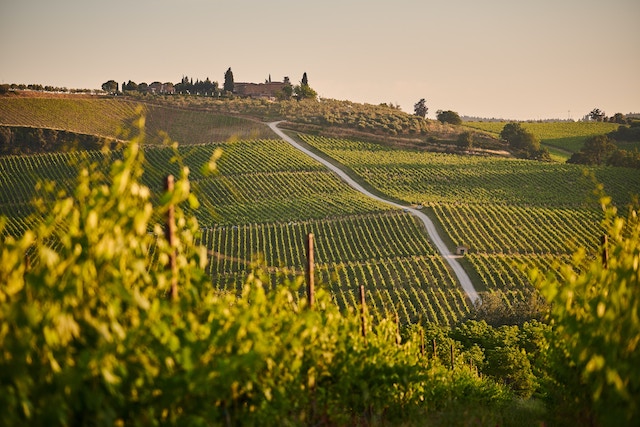
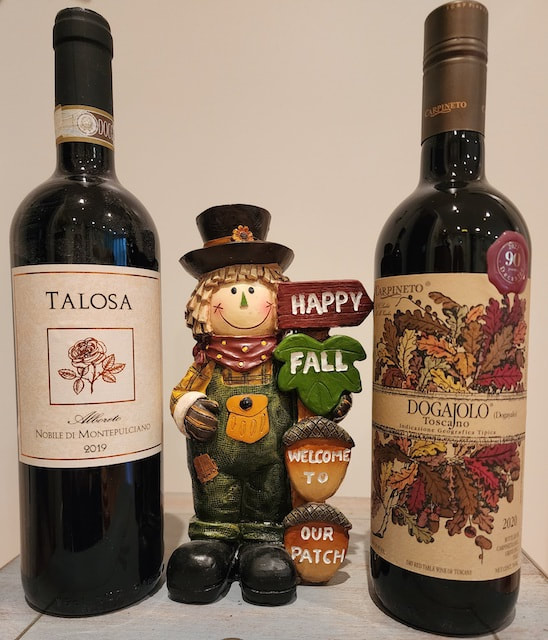
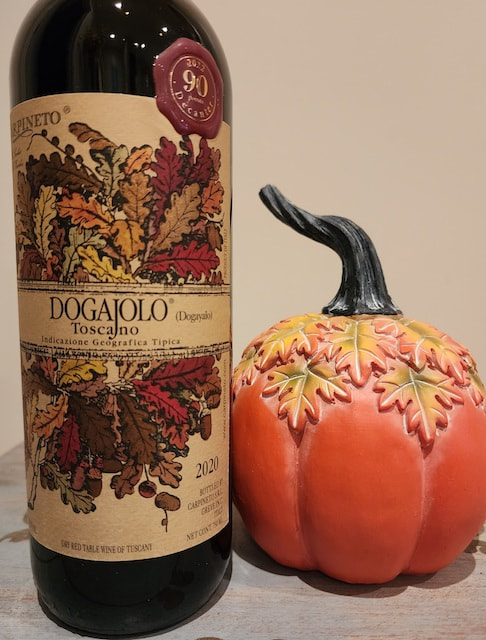
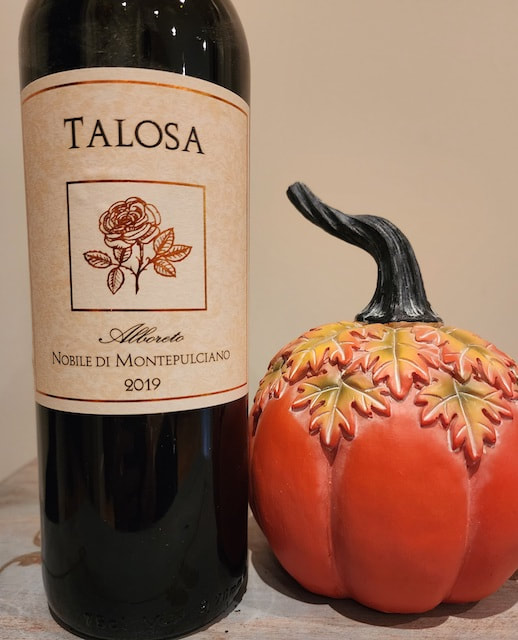
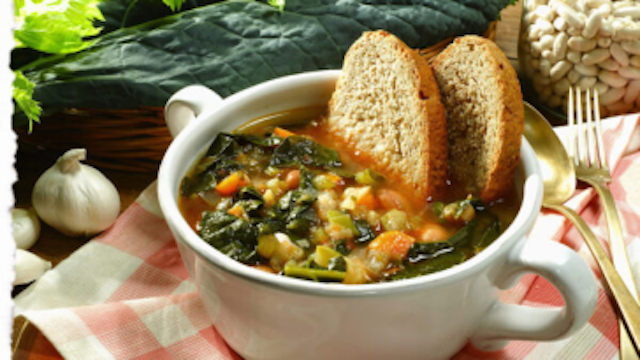
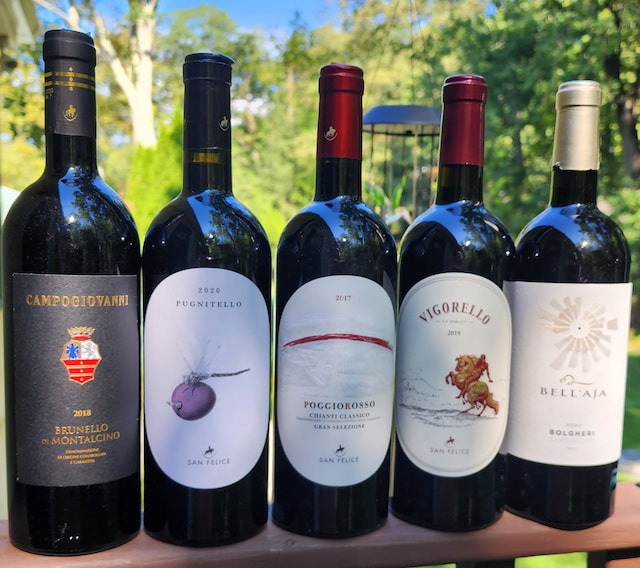

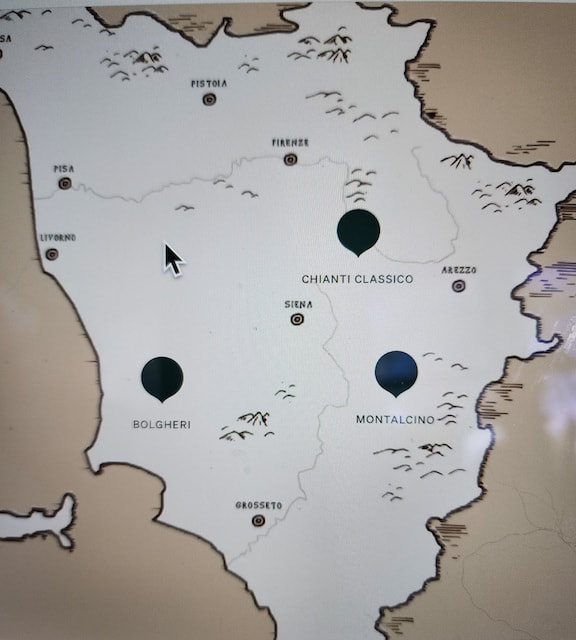
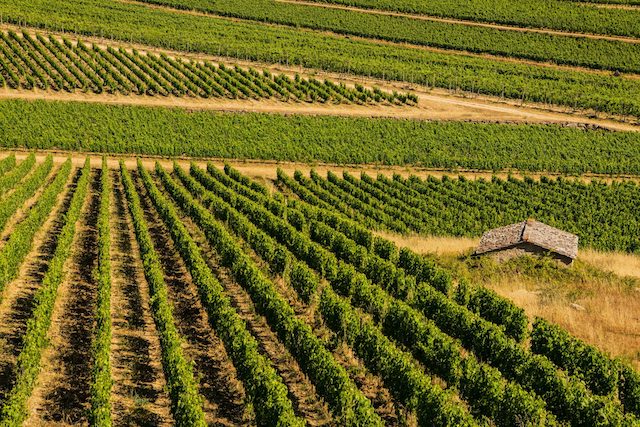
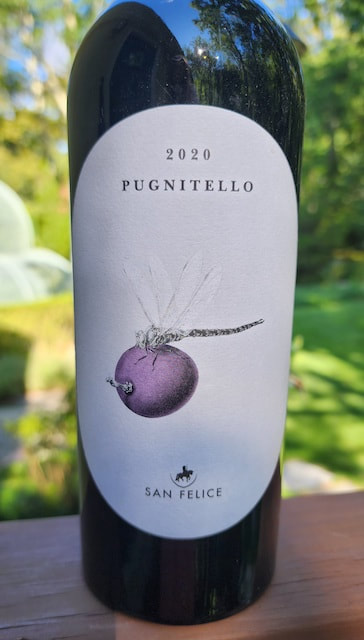
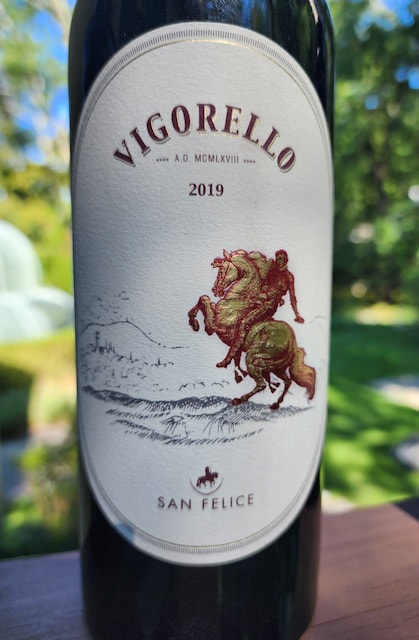
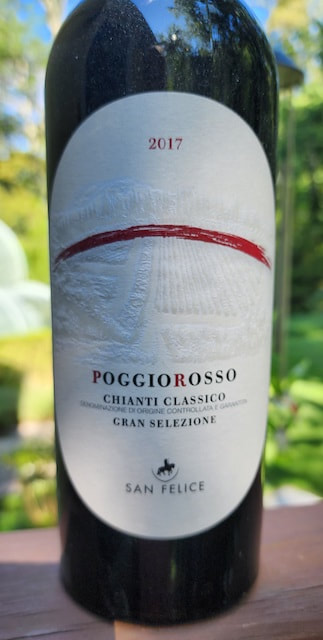
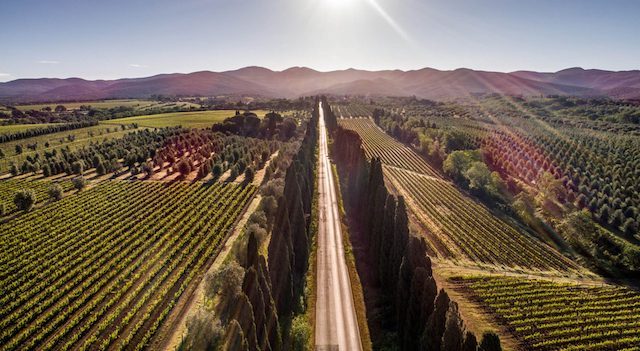
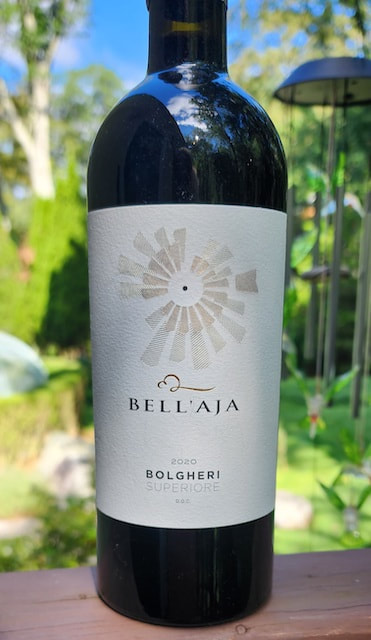
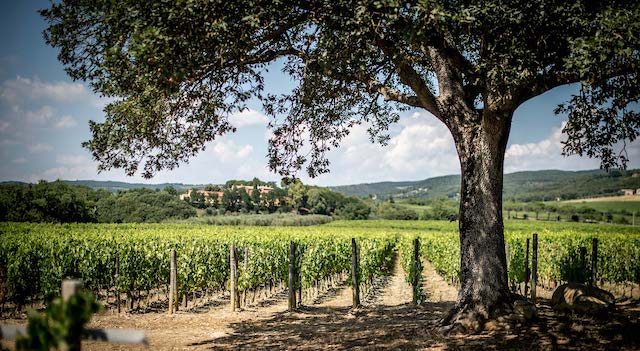
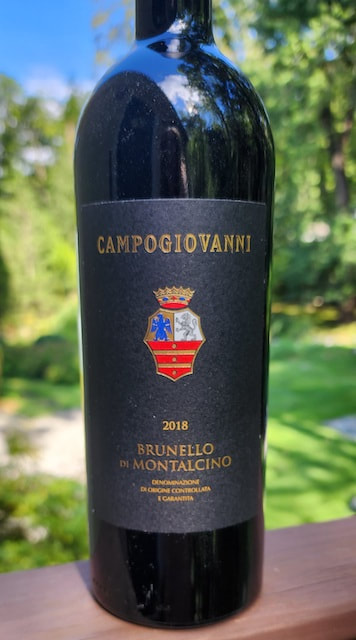
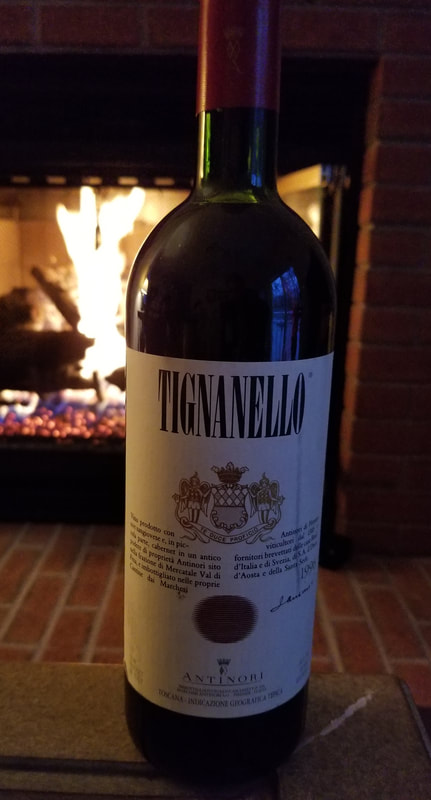
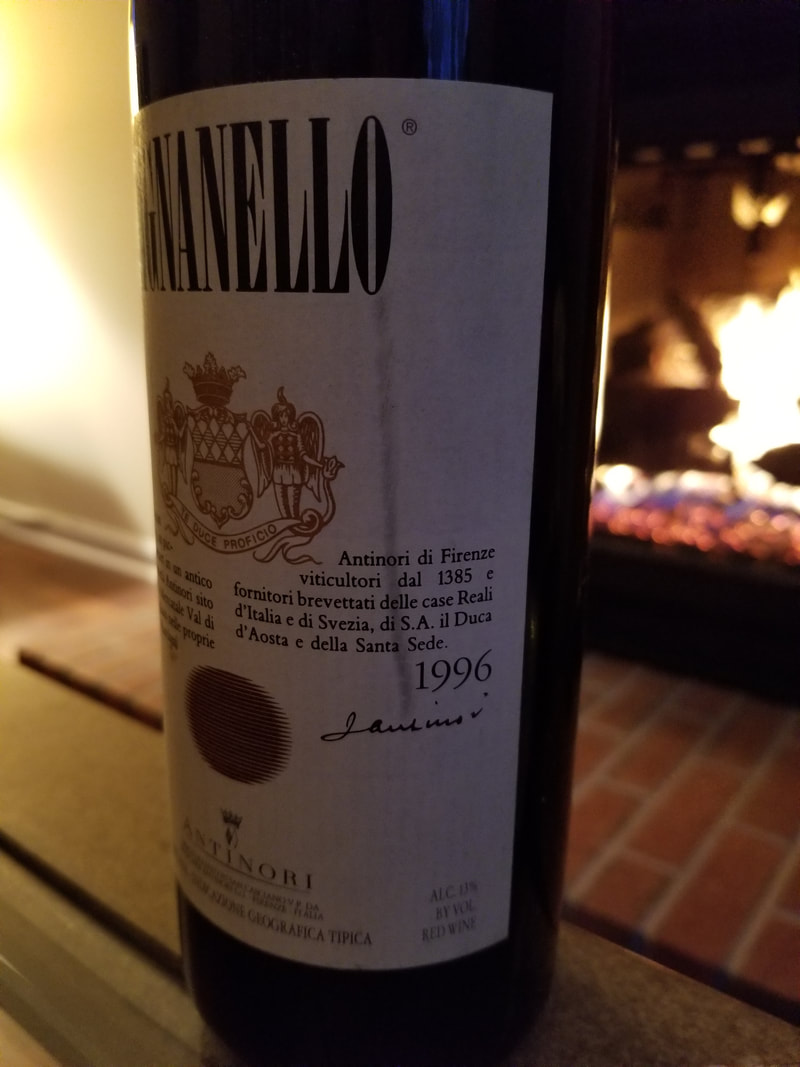
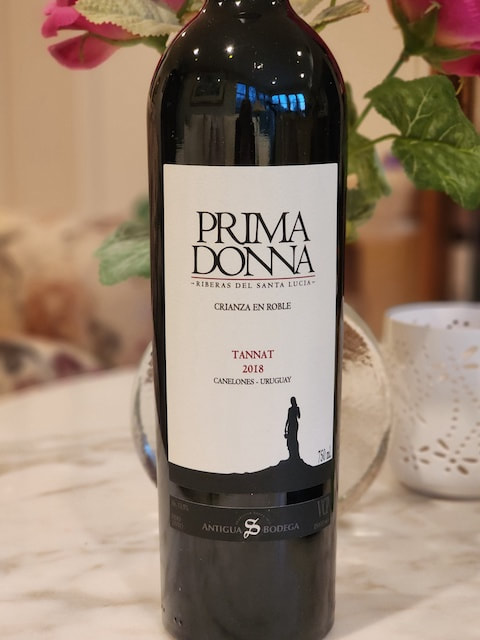
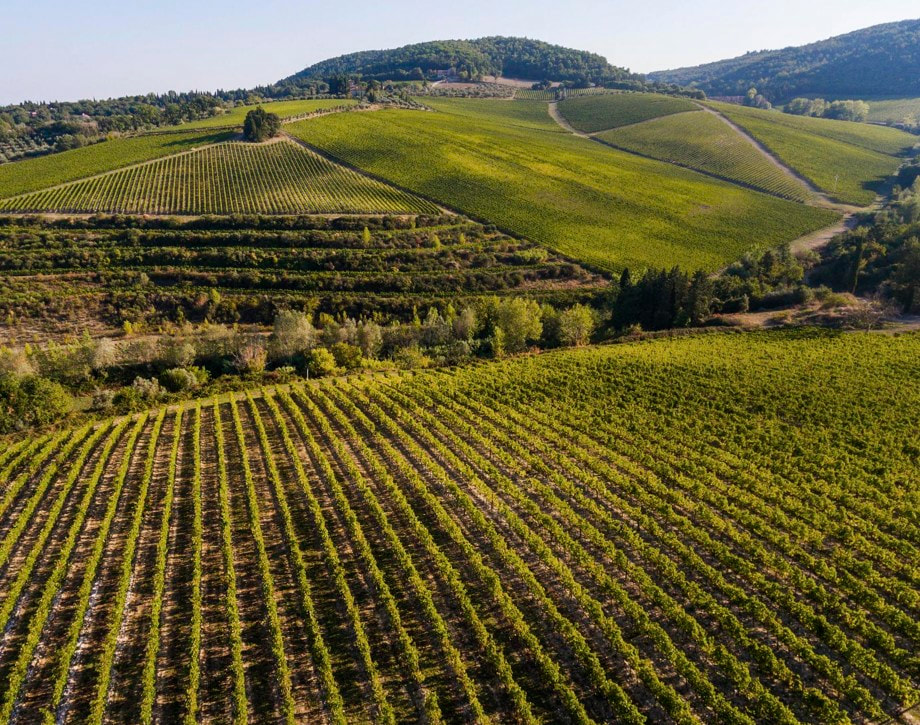
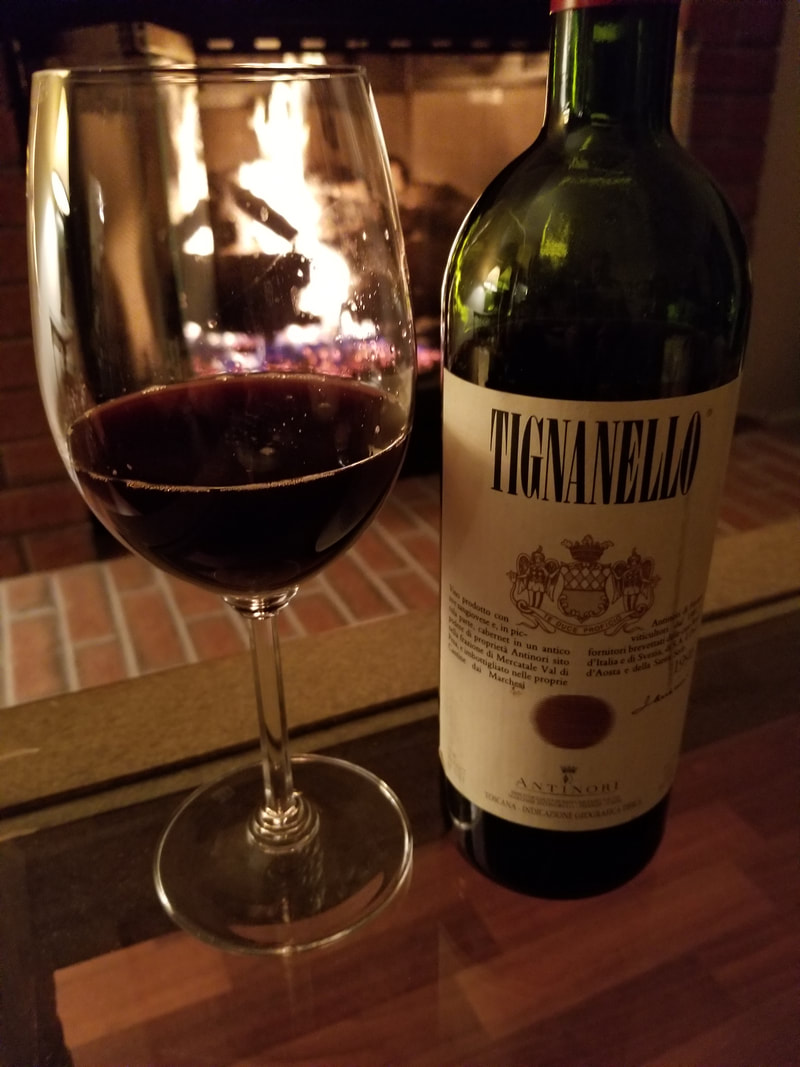
 RSS Feed
RSS Feed